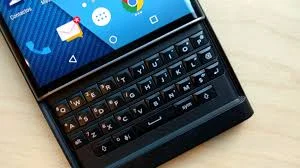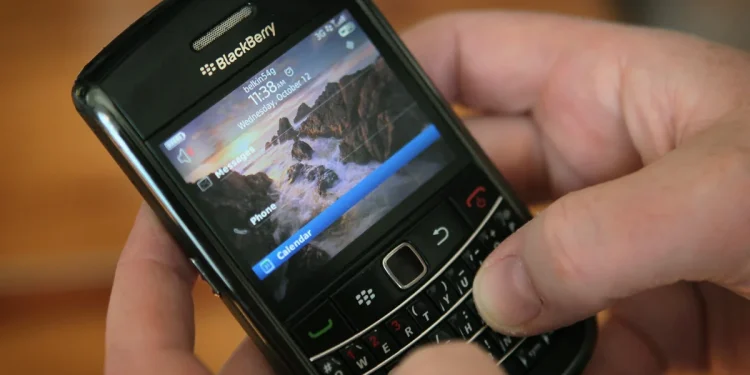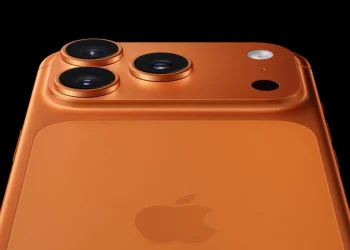Once a symbol of executive power and mobile innovation, BlackBerry phones went from global dominance to near-total disappearance in less than a decade. Their story is one of early success, missed transitions, and reinvention.
The Rise of a Mobile Powerhouse
In the early 2000s, BlackBerry was the gold standard of mobile communication. Its devices, developed by the Canadian company Research In Motion (RIM), introduced features that defined modern smartphones: push email, full QWERTY keyboards, and enterprise-grade security.

For corporate users, government officials, and business leaders, owning a BlackBerry was a badge of productivity. By 2009, the company had over 80 million active users worldwide and commanded a significant share of the global smartphone market.
The Fall: When the Market Moved On
BlackBerry’s dominance began to fade after Apple launched the iPhone in 2007, and Google’s Android system gained traction shortly after. While competitors shifted to full-touchscreen designs and app-driven ecosystems, BlackBerry clung to its keyboard and enterprise-first identity.
The company’s attempts to modernise (such as the BlackBerry Storm (2008) and BlackBerry 10 OS (2013)) arrived too late and failed to capture consumer enthusiasm. App developers largely ignored the platform, and users migrated to iOS and Android, where innovation and entertainment flourished.
The Pivot That Couldn’t Save the Hardware
By 2016, BlackBerry officially stopped designing its own phones, licensing the brand to third parties like TCL and later OnwardMobility. These partnerships tried to revive the name with Android-powered devices featuring physical keyboards, but none gained significant market traction.
In January 2022, BlackBerry permanently shut down support for its legacy phones, rendering devices running BlackBerry OS 7.1 or earlier inoperable. It marked the official end of the BlackBerry handset era.
Reinventing as a Software and Security Company
Today, BlackBerry no longer makes phones. Instead, it has transformed into a cybersecurity and enterprise software company, specialising in endpoint protection, secure communications, and automotive systems. Its QNX software now runs in millions of connected cars worldwide, quietly powering the next generation of mobility.
Legacy of a Pioneer
BlackBerry’s fall is often cited as a cautionary tale about technological disruption and the cost of hesitation in a fast-moving market. Yet its impact endures; the company helped define mobile security, shaped workplace communication, and laid the groundwork for the smartphones we use today.
The device that once ruled boardrooms may be gone, but its DNA lives on in the way we connect, communicate, and secure our digital lives.
















